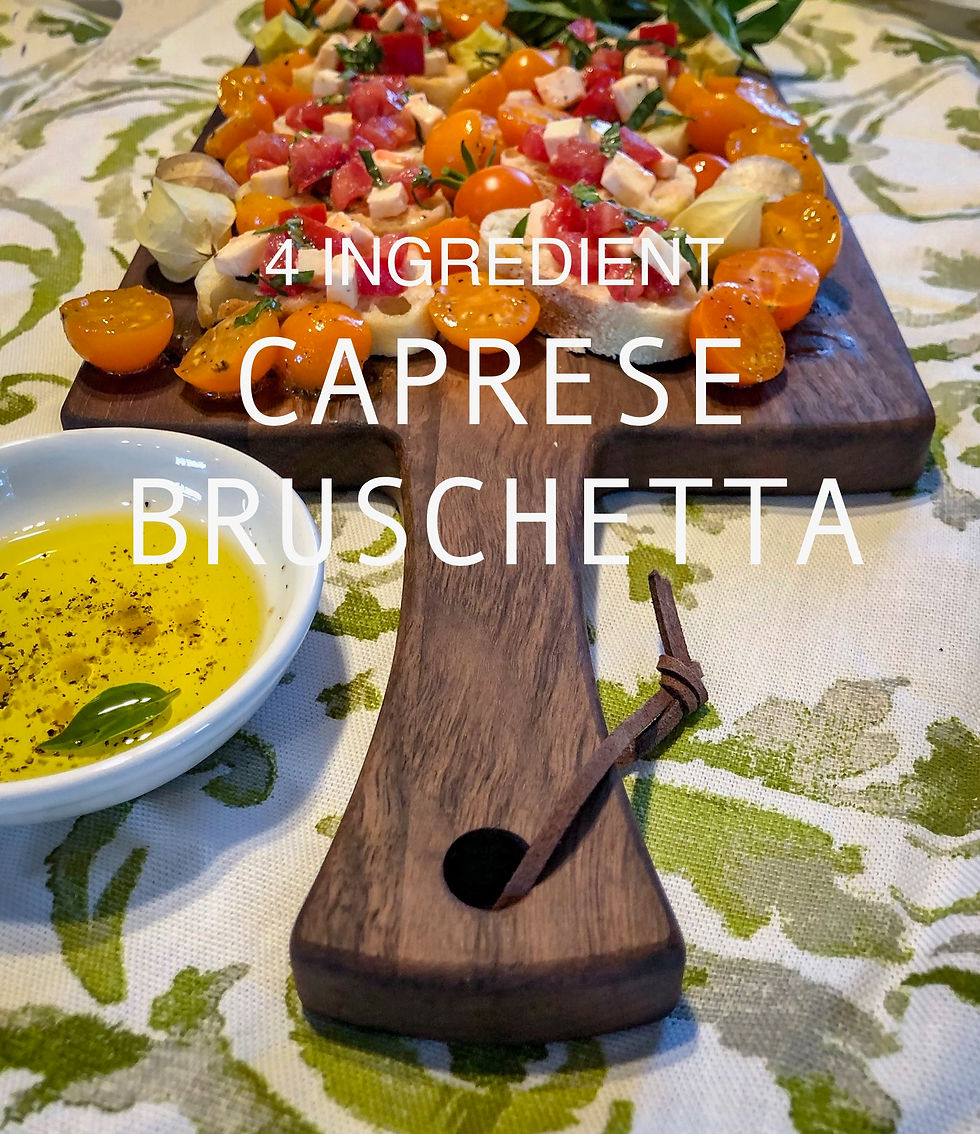How to Care for your Cutting Board
- woodsoforegon
- Sep 8, 2019
- 2 min read
Updated: Sep 9, 2019

How to wash your cutting board:
Wash your cutting board by hand with dish soap and a kitchen brush. Pat the excess water dry with a towel. Do not lay your cutting board flat while it is wet as this will cause the wood to warp. While still damp, stand the board up and lean it against your counter or draining rack while it dries. Allowing the air to circulate around your board will help it retain its original shape.
How to oil your cutting board:
After many or even just a few washes your board can start to look parched. Simply pour oil on your board and spread around with a paper towel. Or saturate a paper towel and blot from there. Remember: there is no such thing as too much oil! If your board stays hydrated, it stays happy. Regular oiling is the best way to preserve your board from cracks or splintering.
How often to oil your board:
How often you oil your board depends entirely on you. If never used, your board will eventually lose some of its oil and begin to look dry. In this case your board should be oiled about every other month or so. If, like us, you use your board every day then you should oil more often, probably about once a week. It is also natural for certain spots to dry out faster than others, say if you tend to cut on one side more often than the other. These dry spots are easy to detect and easy to replenish. Simply pour some oil on your board and rub around with a paper towel. Remember: there is no such thing as too much oil!
What kind of oil to use on your board:
At Out of the Woods we dip your board in food grade mineral oil. This is the safest and easiest oil to feed your board when it becomes thirsty. We sell the same oil here.
Do NOT use this oil on your board:
Vegetable Oil
Non-Processed Coconut Oil
Corn Oil
Olive Oil
Peanut Oil
Rubbing Alcohol
Household Cleaners
How to remove a stain from your cutting board:
For best results treat the stain as soon as possible. Stains can occur from a variety of foods such as strawberries, tomatoes and roast chicken. Baking soda can be used on these stubborn discolorations. Sprinkle baking soda on the stain and rub with your kitchen brush and hot water. Follow up by washing your board as you normally do and stand to dry.
How to avoid bacteria from raw meat on your cutting board:
Processing raw meat or seafood on your wood cutting board may seem daunting, however, it is perfectly safe as long as you do not allow cross contamination. After cutting or processing uncooked meat on your cutting board be sure to wash thoroughly with hot soapy water and a kitchen brush or sponge. Pat dry with a paper towel before using it again for other foods. If you're still not convinced, designate one side of your cutting board for meats and the other side for foods that do not require thorough cooking. Or use one cutting board for meats and another for everything else. However you choose to use your boards, always wash your board immediately after cutting raw meats.



Comments